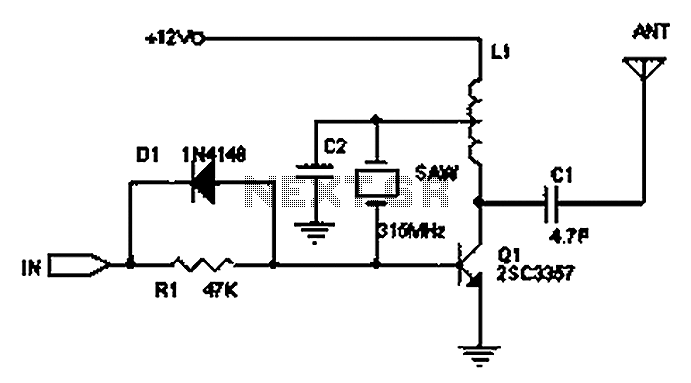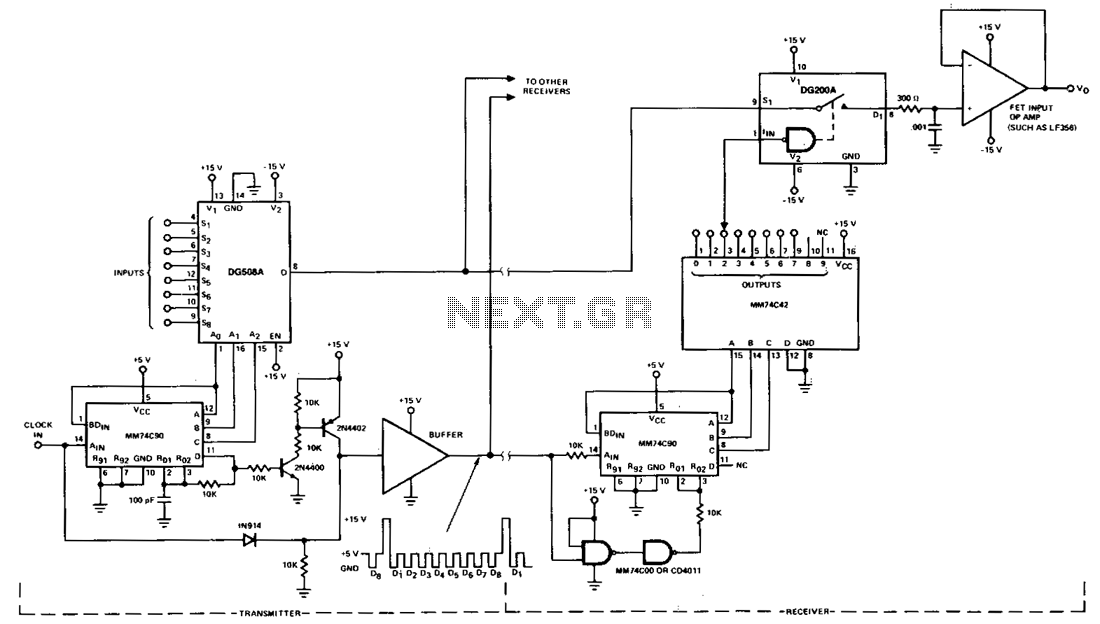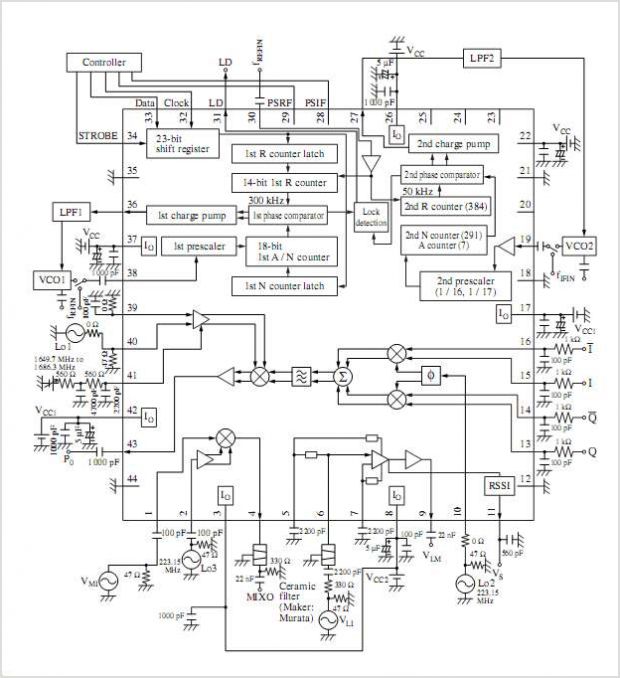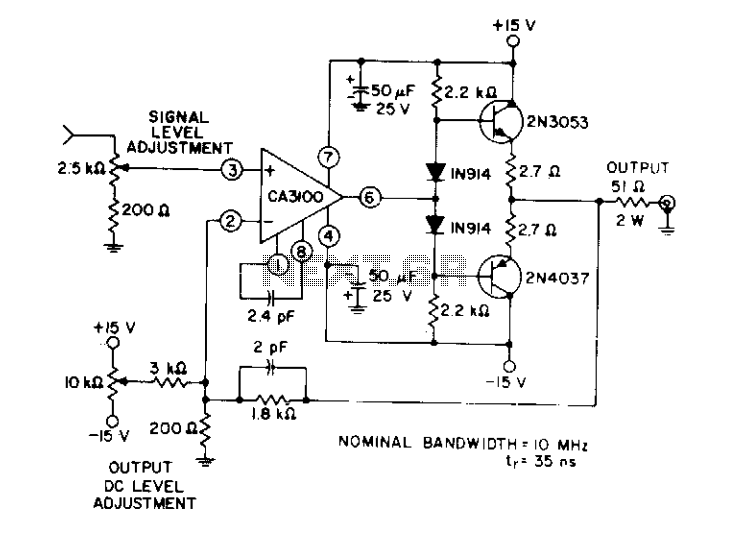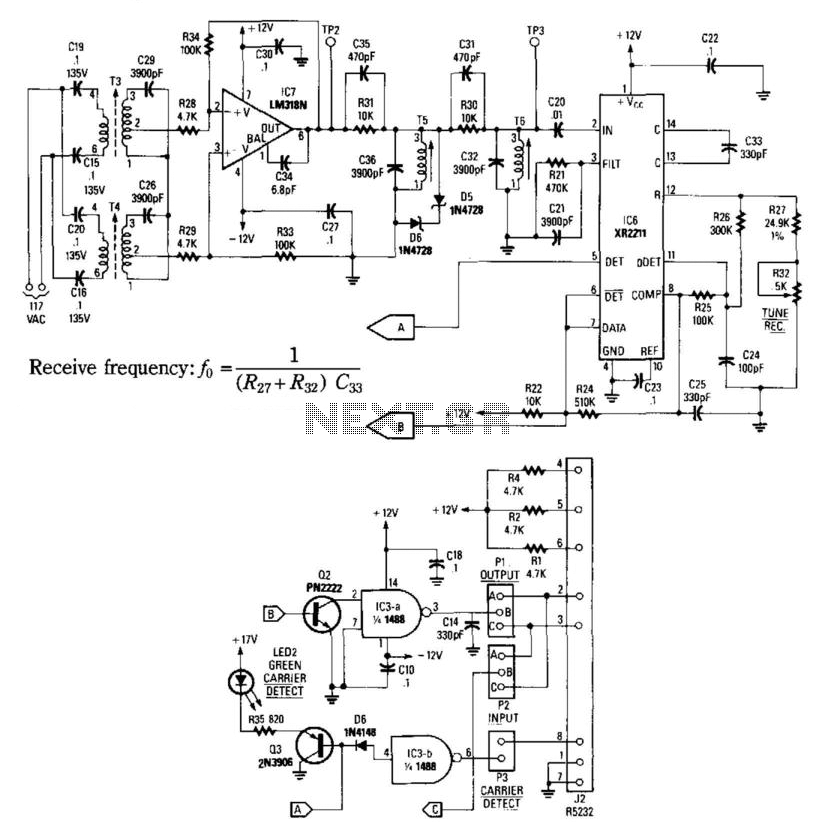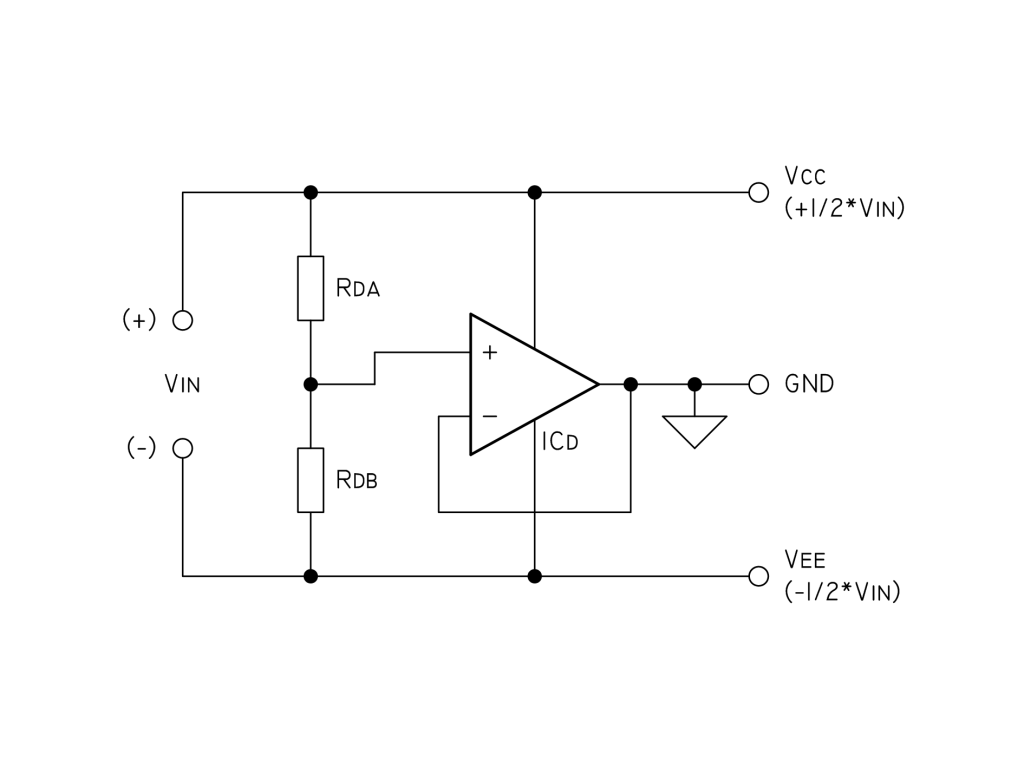
Humming and Transmission issues
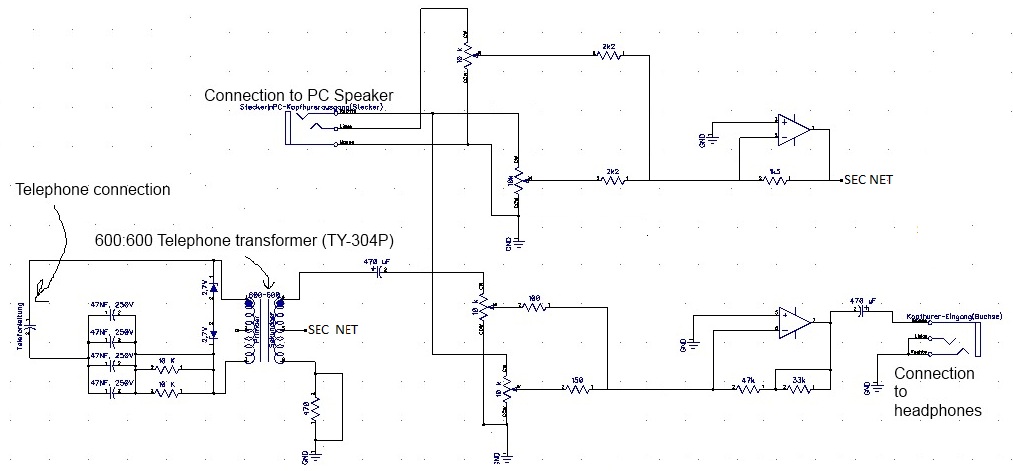
An inquiry regarding operational amplifier (op-amp) humming and transmission issues in the context of electrical engineering.
Operational amplifiers (op-amps) are widely used in various electronic circuits for signal amplification, filtering, and other applications. Humming issues in op-amp circuits often arise from power supply noise, ground loops, or improper circuit layout. This noise can manifest as an audible hum in audio applications or as unwanted noise in signal processing tasks.
To address humming issues, it is essential to ensure that the power supply used for the op-amp is adequately filtered and regulated. Utilizing decoupling capacitors close to the power supply pins of the op-amp can help mitigate high-frequency noise. Additionally, ensuring that the ground connections are properly designed to avoid ground loops is crucial. A star grounding technique can be employed, where all ground connections converge at a single point, minimizing the potential for interference.
Transmission issues may occur due to impedance mismatches, signal degradation over long distances, or inadequate shielding. To combat these issues, it is advisable to use appropriate transmission line techniques and ensure that the circuit impedance matches the source and load impedances. Employing twisted pair cables or coaxial cables can also help reduce electromagnetic interference (EMI), thereby improving signal integrity.
In summary, addressing humming and transmission issues in op-amp circuits requires careful consideration of power supply integrity, grounding techniques, and transmission line characteristics to ensure optimal performance in electrical engineering applications.Hello. You seem like people who know their stuff. I`d appreciate you looking at op amp - Humming and Transmission issues - Electrical Engineering and.. 🔗 External reference
Operational amplifiers (op-amps) are widely used in various electronic circuits for signal amplification, filtering, and other applications. Humming issues in op-amp circuits often arise from power supply noise, ground loops, or improper circuit layout. This noise can manifest as an audible hum in audio applications or as unwanted noise in signal processing tasks.
To address humming issues, it is essential to ensure that the power supply used for the op-amp is adequately filtered and regulated. Utilizing decoupling capacitors close to the power supply pins of the op-amp can help mitigate high-frequency noise. Additionally, ensuring that the ground connections are properly designed to avoid ground loops is crucial. A star grounding technique can be employed, where all ground connections converge at a single point, minimizing the potential for interference.
Transmission issues may occur due to impedance mismatches, signal degradation over long distances, or inadequate shielding. To combat these issues, it is advisable to use appropriate transmission line techniques and ensure that the circuit impedance matches the source and load impedances. Employing twisted pair cables or coaxial cables can also help reduce electromagnetic interference (EMI), thereby improving signal integrity.
In summary, addressing humming and transmission issues in op-amp circuits requires careful consideration of power supply integrity, grounding techniques, and transmission line characteristics to ensure optimal performance in electrical engineering applications.Hello. You seem like people who know their stuff. I`d appreciate you looking at op amp - Humming and Transmission issues - Electrical Engineering and.. 🔗 External reference
